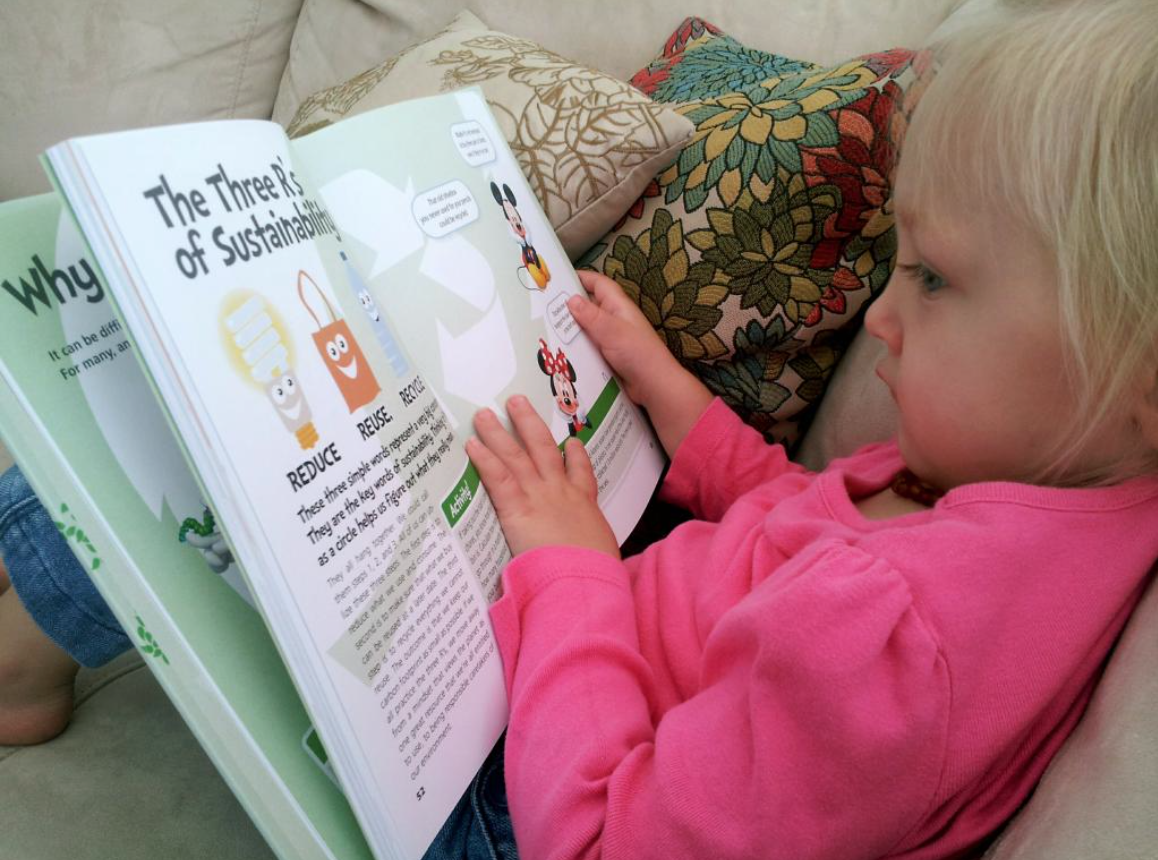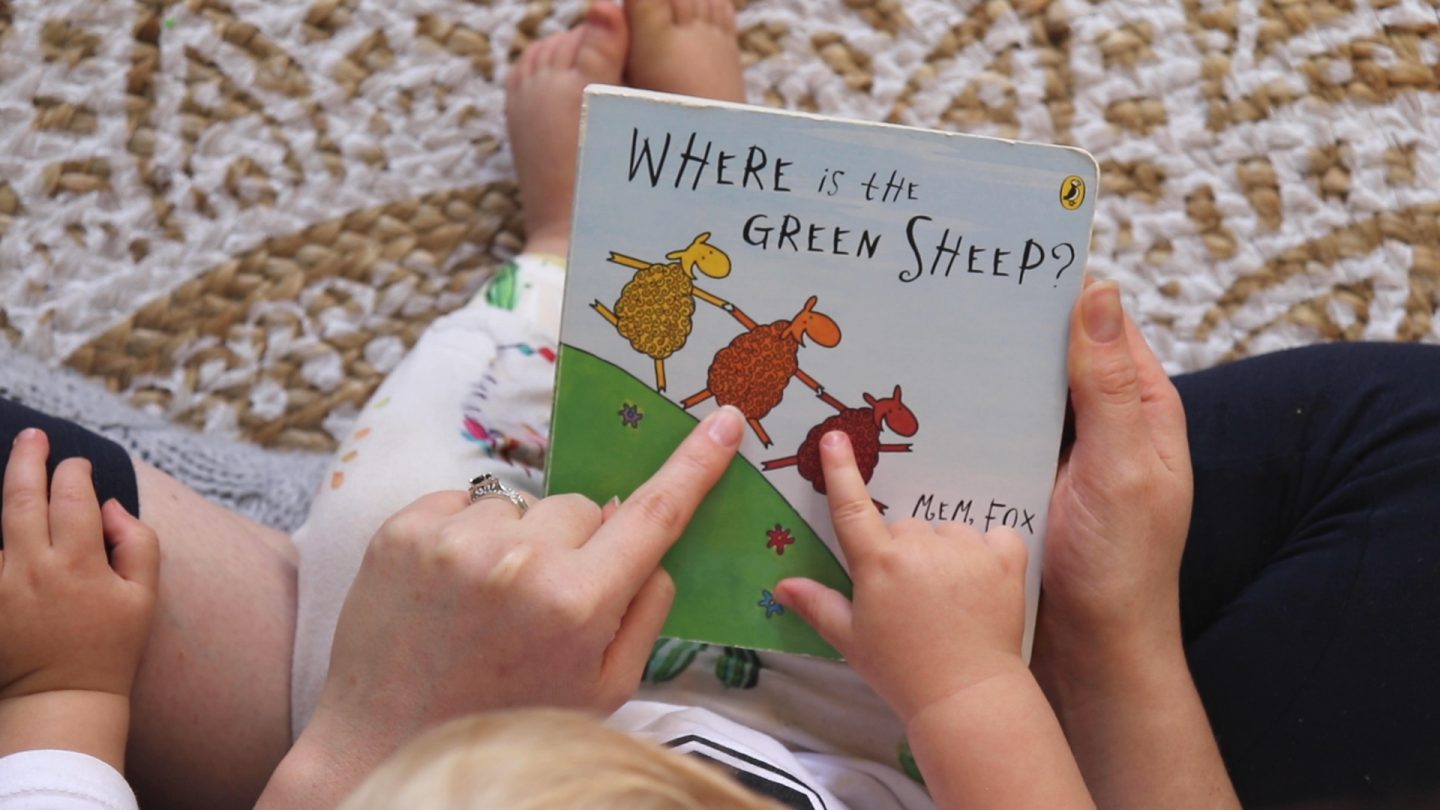
Green Book, 1955 Schomburg Center for Research in Black Culture, The New York Public Library Digital Collection (b12859451)īy 1940 the Green-Book (a hyphen was added for part of the 1940s) had more than tripled in length by 1947 it contained more than 80 pages. The guide included articles on safe driving, places of interest (“What to See in Chicago”), travel essays (“A Canadian Trip”), and special topics (“How to Guard Your Home During Vacation Season”), along with travel tips (“What to Wear” ) and consumer reviews of automobiles. In addition to motels, tourist homes, and restaurants, the book also had listings for taverns, nightclubs, tailors, barbershops, beauty salons, drug stores, liquor stores, gas stations, and garages. Early on Green also began soliciting recommendations from the guide’s users. He also received assistance from Charles McDowell, the collaborator on Negro Affairs for the United States Travel Bureau, an office of the Department of the Interior charged with promoting American tourism. To do so, he used his involvement with the National Association of Letter Carriers to reach out to postal workers across the country to gather information. The demand for the first Green Book was so great that by the publication of the second annual edition in 1937, Green had shifted his focus to a national scope. Green Book, 1949 Schomburg Center for Research in Black Culture, The New York Public Library Digital Collection (b14504472)
#WHERE TO BUY GREENBOOKS PORTABLE#
To address the uncertainty of attaining lodging, meals, and fuel, African American car travelers brought with them blankets and pillows, extra food, drinks, and gasoline, as well as portable toilets. The landscape was dotted with “sundown towns,” where the presence of people of colour was banned after nightfall. This was seldom the experience for African American travelers during the Jim Crow era, however.īecause segregation was pervasive not just in the South but throughout the country, Black travelers not only met with the inconvenience and humiliation of being turned away from businesses but also had to be ever mindful of the threat of racist violence, including lynching. The proliferation of tourist homes, roadside motels, restaurants, and tourist attractions offered convenience that made it possible for car travel to be a joyful spontaneous adventure for most Americans. Compiled by Victor Hugo Green (1892–1960), a Black postman who lived in the Harlem section of New York City, the Green Book listed a variety of businesses-from restaurants and hotels to beauty salons and drugstores-that were necessary to make travel comfortable and safe for African Americans in the period before passage of Civil Rights Act of 1964.Īutomobile travel exploded in the United States during the mid-20th century as more and more Americans were able to afford cars and had disposable income and leisure time (including paid vacations) that allowed them to explore the country.
#WHERE TO BUY GREENBOOKS FULL#
The Green Book, in full The Negro Motorist Green Book, The Negro Travelers’ Green Book, or The Travelers’ Green Book, travel guide published (1936–67) during the segregation era in the United States that identified businesses that would accept African American customers. Green Book, 1956 Schomburg Center for Research in Black Culture, The New York Public Library Digital Library (b15424178)

100 Women Britannica celebrates the centennial of the Nineteenth Amendment, highlighting suffragists and history-making politicians.

#WHERE TO BUY GREENBOOKS HOW TO#
COVID-19 Portal While this global health crisis continues to evolve, it can be useful to look to past pandemics to better understand how to respond today.Student Portal Britannica is the ultimate student resource for key school subjects like history, government, literature, and more.

From tech to household and wellness products.


 0 kommentar(er)
0 kommentar(er)
